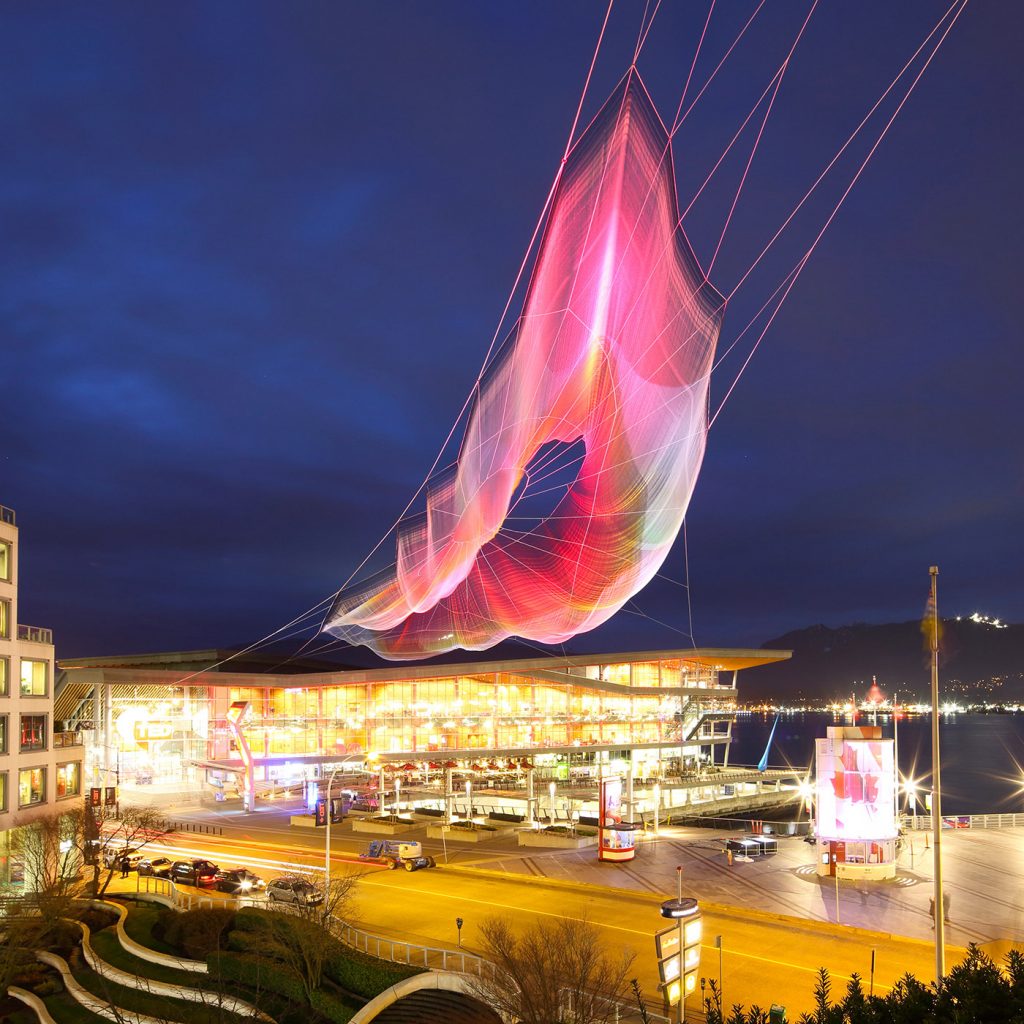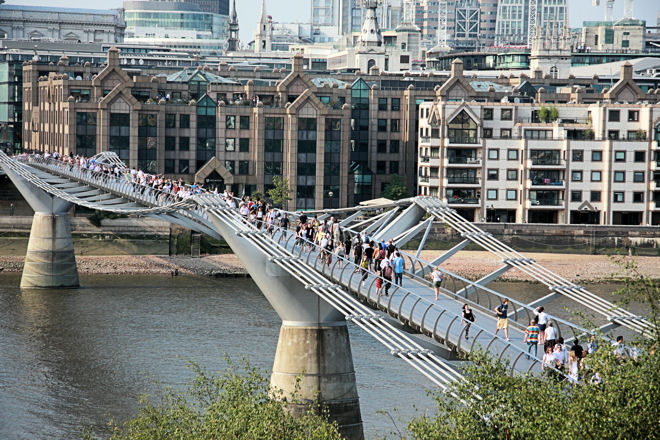sketch
function setup() {
createCanvas(600,600);
background(255,217,239);
}
function draw() {
//background extra
noStroke();
fill("white");
triangle(0,600,300,0,600,600);
//neck
noStroke();
fill(249,215,196);
rect(257,528,86,72);
//neck outline
stroke(130,65,57);
strokeWeight(3);
line(257,528,257,600);
line(343,528,343,600);
//Shirt
noStroke();
fill(176,209,255);
rect(130,557,335,43,100,100,0,0);
noStroke();
fill(249,215,196);
triangle(257, 557, 300, 600, 343, 557);
//Face Basics
noStroke();
fill(249,215,196);
beginShape();
//Face
curveVertex(385,145);
curveVertex(430,190);
curveVertex(450,288);
curveVertex(450,400);
curveVertex(435,440);
curveVertex(370,514);
curveVertex(328,530);
curveVertex(266,530);
curveVertex(227,506);
curveVertex(166,442);
curveVertex(150,400);
curveVertex(150,359);
curveVertex(155,300);
curveVertex(203,266);
curveVertex(253,205);
curveVertex(288,165);
curveVertex(377,150);
endShape(CLOSE);
//face outline
stroke(130,65,57);
strokeWeight(3);
noFill();
beginShape();
curveVertex(435,440);
curveVertex(370,514);
curveVertex(328,530);
curveVertex(266,530);
curveVertex(227,506);
curveVertex(166,442);
endShape();
// Right hair basics
noStroke();
fill(52,35,25);
beginShape();
//Left hair
curveVertex(373,68);
curveVertex(354,57);
curveVertex(336,48);
curveVertex(300,43);
curveVertex(212,64);
curveVertex(135,133);
curveVertex(84,230);
curveVertex(64,302);
curveVertex(51,402);
curveVertex(48,510);
curveVertex(74,574);
curveVertex(193,600);
curveVertex(217,579);
curveVertex(231,506);
//left hair shaping face
curveVertex(166,442);
curveVertex(150,400);
curveVertex(150,359);
curveVertex(155,300);
curveVertex(203,266);
curveVertex(253,205);
curveVertex(288,165);
curveVertex(377,150);
//left hair
curveVertex(388,120);
curveVertex(385,100);
curveVertex(373,67);
endShape(CLOSE);
// Right hair basics
noStroke();
fill(63,47,37);
beginShape();
//Right Hair
curveVertex(388,120);
curveVertex(385,110);
curveVertex(373,67);
curveVertex(408,76);
curveVertex(453,106);
curveVertex(500,182);
curveVertex(530,300);
curveVertex(538,430);
curveVertex(515,543);
curveVertex(404,590);
//Right Hair shaping face
curveVertex(370,514);
curveVertex(435,440);
curveVertex(450,400);
curveVertex(450,288);
curveVertex(420,190);
curveVertex(385,145);
endShape(CLOSE);
//Eye
fill("white");
stroke("black");
strokeWeight(1);
beginShape();
//Left
curveVertex(182,314);
curveVertex(182,314);
curveVertex(190,307);
curveVertex(203,302);
curveVertex(248,300);
curveVertex(271,320);//turning point
curveVertex(263,325);
curveVertex(245,335);
curveVertex(224,337);
curveVertex(202,331);
curveVertex(183,318);
endShape(CLOSE);
//Right
beginShape();
curveVertex(413,318);
curveVertex(413,318);
curveVertex(394,331);
curveVertex(372,337);
curveVertex(353,335);
curveVertex(335,325);
curveVertex(327,320);//turning point
curveVertex(350,300);
curveVertex(395,302);
curveVertex(408,307);
curveVertex(416,314);
endShape(CLOSE);
//Eye Line
noFill();
stroke("black");
strokeWeight(3);
//Left
beginShape();
curveVertex(182,314);
curveVertex(182,314);
curveVertex(190,307);
curveVertex(203,302);
curveVertex(248,300);
curveVertex(271,320);
curveVertex(263,325);
endShape();
//Right
beginShape();
curveVertex(335,325);
curveVertex(327,320);//turning point
curveVertex(350,300);
curveVertex(395,302);
curveVertex(408,307);
curveVertex(416,314);
curveVertex(413,318);
endShape();
//Eyeball
//Left
fill(82,63,51);
strokeWeight(1);
ellipse(227,318,38);
fill(52,35,25)
noStroke();
ellipse(227,318,20);
fill("white");
noStroke();
ellipse(235,312,8);
//Right
fill(82,63,51);
strokeWeight(1);
ellipse(370,318,38);
fill(52,35,25)
noStroke();
ellipse(370,318,20);
fill("white");
noStroke();
ellipse(378,312,8);
//nose 1
stroke(130,65,57);
strokeWeight(2);
noFill();
beginShape();
curveVertex(272,384);
curveVertex(271,384);
curveVertex(266,395);
curveVertex(274,401);
curveVertex(280,397);
curveVertex(290,405);
curveVertex(300,412);
curveVertex(310,405);
curveVertex(320,397);
curveVertex(326,401);
curveVertex(334,395);
curveVertex(329,384);
curveVertex(328,384);
endShape();
//nose 2
stroke(130,65,57);
strokeWeight(1);
noFill();
line(315,310,318,370);
//lip
//color
fill(217,92,48);
noStroke();
beginShape();
curveVertex(300,440);
curveVertex(288,435);
curveVertex(262,440);
curveVertex(239,446);
curveVertex(262,465);
curveVertex(300,477); //midpoint
curveVertex(338,465);
curveVertex(361,446);
curveVertex(338,440);
curveVertex(312,435);
curveVertex(300,440);
endShape(CLOSE);
//line
noFill();
stroke(130,65,57);
strokeWeight(2);
curve(232,380,232,445,368,445,368,380);
//point
fill(130,65,57);
noStroke();
ellipse(232,445,5);
ellipse(368,445,5);
//glass
noFill();
stroke("black");
strokeWeight(3);
ellipse(227,325,120,110);
ellipse(370,325,120,110);
stroke("black");
strokeWeight(5);
line(286,312,310,312);
stroke(255,204,29);
strokeWeight(3);
line(286,310,310,310);
}
The very first thing is to draw a rough sketch of myself. I snap pixels with the “guide line” tool in Photoshop. The process is entertaining, even though it was a bit struggle to find the exact point that creates a smooth shape.


![[OLD FALL 2019] 15-104 • Introduction to Computing for Creative Practice](../../../../wp-content/uploads/2020/08/stop-banner.png)

